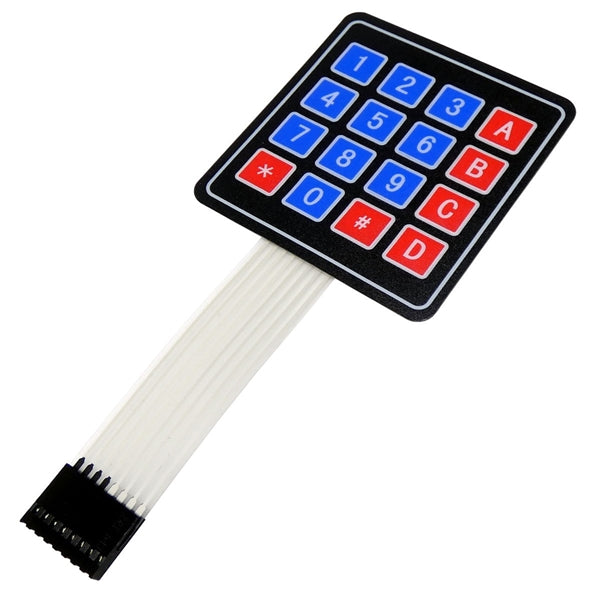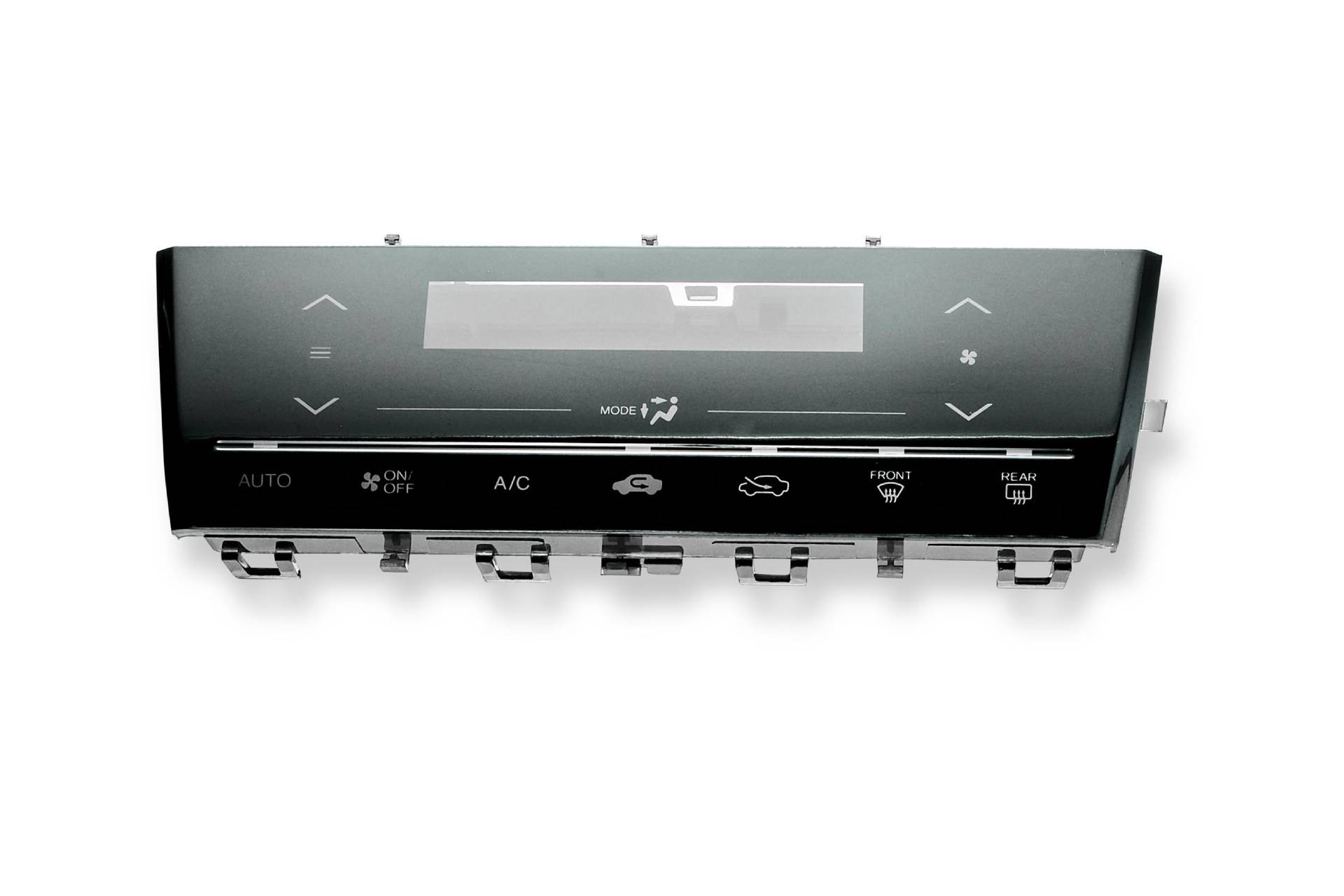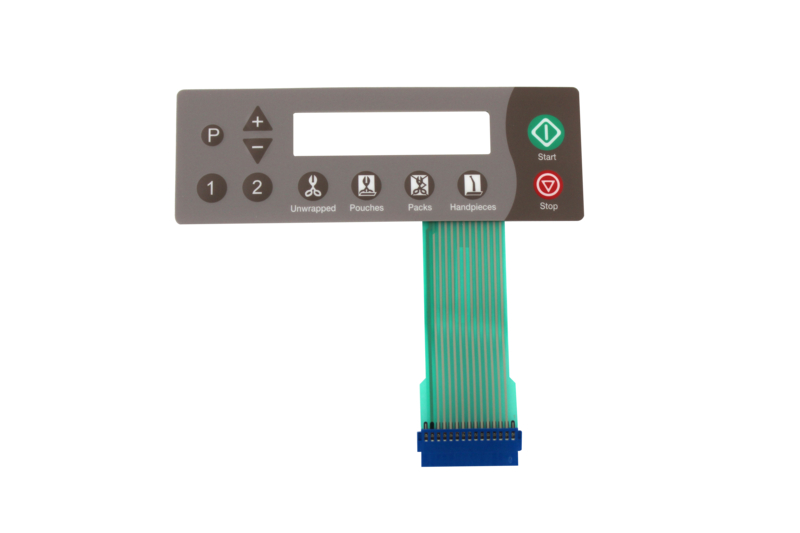Many businesses work with a trusted membrane switch manufacturer for durable solutions.
Many businesses work with a trusted membrane switch manufacturer for durable solutions.
Blog Article
Everything About Membrane Layer Change: Understanding Its Layout and Capability
When you assume regarding the control user interfaces in contemporary devices, membrane layer buttons typically come to mind. Let's explore what collections membrane switches apart from various other control systems.
What Are Membrane Layer Switches?

Membrane layer buttons can also be customized regarding form, dimension, and graphics, permitting suppliers to create one-of-a-kind user interfaces customized to particular products. Generally, membrane buttons play a considerable function in boosting customer experience across a vast variety of applications.
How Membrane Switches Over Job
When you press a trick on a membrane button, it turns on an uncomplicated yet efficient system. The leading layer, frequently made of versatile product, lowers onto a conductive layer under it. This action bridges the gap between conductive traces, completing an electric circuit. As quickly as the circuit closes, it sends out a signal to the device's controller, which translates your input.
You'll discover that the tactile feedback differs based on the button design, providing either a soft click or a more noticable feedback. Once you launch the secret, the membrane returns to its initial position, reopening the circuit and quiting the signal. This procedure takes place virtually immediately, making sure a responsive individual experience.
Membrane layer buttons are popular because of their resilience and resistance to dust and moisture, making them optimal for numerous applications, from household appliances to medical gadgets. Comprehending this operation assists you appreciate their widespread use.
Secret Components of Membrane Layer Buttons
Comprehending the essential elements of membrane buttons is fundamental for grasping their performance and style. The safety layer guards versus environmental aspects and put on, expanding the switch's lifespan. By recognizing these elements, you'll acquire insight into exactly how membrane switches over operate and their importance in numerous applications.
Materials Used in Membrane Switch Style
The performance and sturdiness of membrane layer changes heavily depend upon the materials utilized in their design. You commonly experience polyester and polycarbonate as primary substrates as a result of their superb stamina and versatility. These materials stand up to scratches and chemicals, making them optimal for demanding environments.
The conductive layers often use silver or carbon, picked for their integrity and conductivity. membrane switch manufacturer. Silver offers superior performance, while carbon is an affordable choice. For the overlay, you could take into consideration a matte or glossy surface, relying on your aesthetic requirements and user experience
Make specific to select adhesives that endure environmental variables like temperature level and moisture. Picking the best materials will guarantee your membrane layer switch stands the test of time.
Layout Considerations for Membrane Buttons
While developing membrane buttons, it's vital to think about numerous elements that influence their performance and user experience. Start by concentrating on the design and switch size; make sure they're instinctive and simple to navigate. Consider the tactile feedback you desire to supply-- will customers need an obvious click or a softer touch? In addition, think of the products you'll make use of, as they'll affect longevity and aesthetic appeals.
Do not forget the visuals layout; clear labeling and color contrast are significant for presence. Confirm your style suits environmental elements, like moisture or temperature variants, which can impact efficiency. Bear in mind the relevance of screening models with actual customers to gather feedback and make needed adjustments. This repetitive procedure assists you improve the layout, validating it meets both functional and visual requirements effectively. By carefully considering these components, you'll create a membrane switch that enhances use and fulfillment.
Applications of Membrane Layer Switches
Membrane layer buttons are versatile components found in various applications, from click this link industrial devices to customer electronics. You'll see their influence in equipments that require sturdy interfaces and in tools that take advantage of smooth layouts. Understanding these applications helps you value the performance and practicality of membrane layer buttons in daily technology.
Industrial Tools Use
When you're looking to improve the capability of commercial devices, membrane layer buttons offer a reliable service that integrates sturdiness with straightforward layout. These switches are ideal for extreme settings, giving resistance to dust, wetness, and chemicals. Accept membrane layer switches to simplify your operations and improve overall performance.
Customer Electronics Combination
In the domain name of consumer electronic devices, membrane layer switches play a vital function in improving individual communication and tool functionality. Membrane switches also ensure sturdiness and resistance to dust and moisture, prolonging the life expectancy of your electronics. By picking membrane layer switches, you boost not just the functionality however also the style of your devices, making everyday communications smooth and delightful.
Benefits and Drawbacks of Membrane Layer Switches
While membrane switches provide a range of benefits, they likewise come with some disadvantages that you must think about. One significant advantage is their compact design, making them suitable for space-constrained applications.

Membrane layer switches can have a much shorter life-span compared to mechanical buttons, especially under hefty use. They can likewise be much less responsive, which might influence individual comments during operation. Balancing these pros and cons will assist you determine if membrane layer buttons are the my latest blog post ideal fit for your task.
Frequently Asked Concerns
The Length Of Time Do Membrane Layer Switches Typically Last?
Membrane switches generally last between 5 to ten years, depending upon use and environmental conditions. You'll wish to review aspects like wear, exposure to wetness, and temperature level fluctuations to evaluate their longevity successfully.
Can Membrane Layer Switches Be Custom-made for Particular Layouts?
Yes, you can customize membrane buttons to fit particular designs (membrane switch manufacturer). You'll have the liberty to pick colors, forms, and formats that match your task's needs, ensuring they mix flawlessly with your overall aesthetic
What Is the Expense Array for Membrane Layer Change Production?
The cost variety for membrane layer switch manufacturing normally falls between $1 and $10 each, relying on aspects like layout intricacy, amount, and products. You can obtain quotes from producers to discover the most effective option.

Are Membrane Switches Water-proof or Resistant?
Membrane switches can be made to be waterproof or resistant, depending upon materials utilized and construction approaches. If you require them for damp settings, assure you specify those requirements during the design process.
How Do Membrane Switches Over Contrast to Traditional Switches?
Membrane layer switches are typically thinner and extra versatile than standard buttons, using a smooth layout. They're commonly simpler to cleanse and integrate, but could not give the tactile comments you're utilized to with mechanical options.
Conclusion

Report this page